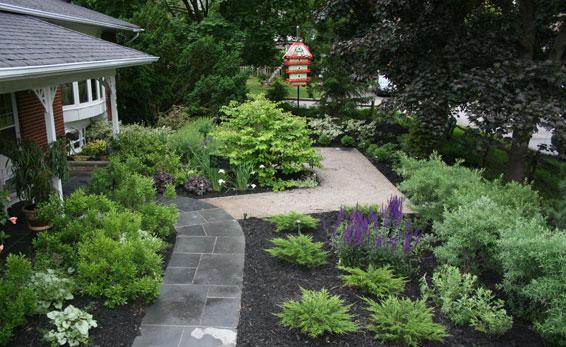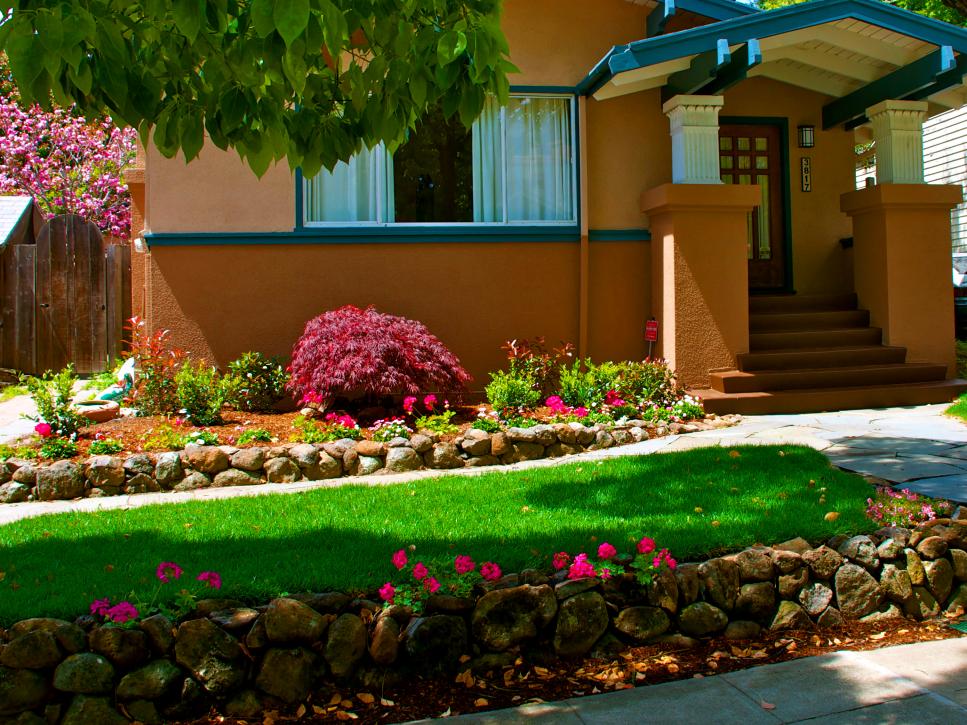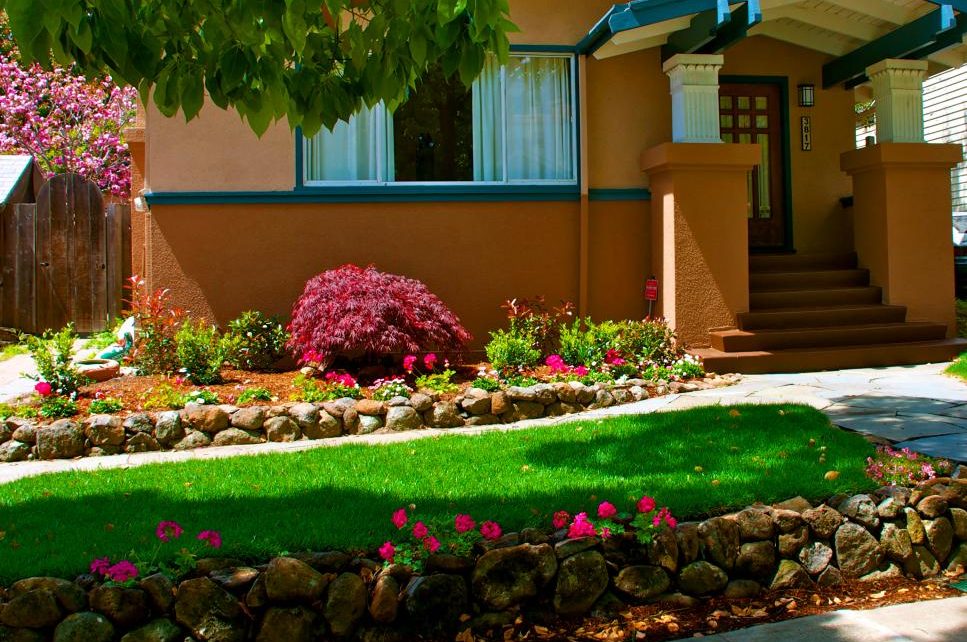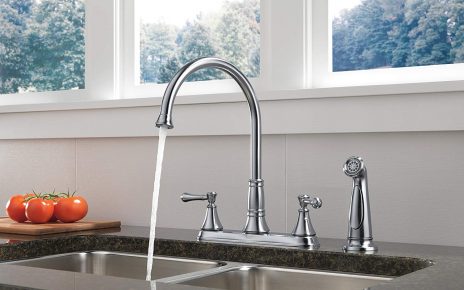Weeding The summer months in the United States conjure up many wonderful thoughts like vacation, swimming pools and festivals. Another joy for many homeowners is to visit the lawn and garden stores to prepare for a season of home landscaping and lawn care.
You can click at the https://www.propavingstone.com/landscaping-ottawa/ link to learn the ideas to landscaping home. The preparation of the structure is through the best methods to have effective results. The lawn area requires proper care and attention to the structure to have desired results. The gathering of complete information is essential for the people.
One of the pitfalls that comes with having a home with a lawn and garden is to deal with weeding throughout the summer months.
Especially for homeowners who live in areas where there is excessive heat or excessive rainfall, which causes weeds to grow out of control, weeding in the summer months can become an absolute nightmare. There are ways to prevent the need for excessive weeding throughout the summer months, but this undoubtedly means extra preparation in the early and late spring months.

One of the best methods of preventing the need for excessive weeding is to create a healthy turf and healthy garden beds. A healthy lawn turf means properly fertilizing at least twice a year, and even more if the lawn has become overridden by weeds in years past. When fertilizing a lawn to reduce weeds, it is best to use a type of fertilizer with a chemical that will kill weeds already in it. There are even specialized lawn fertilizers that cater to certain types of weeds, which may be predominate in different parts of the country.
Creating healthy garden beds means plowing the soil at the beginning of every season, using a plant fertilizer with weed killers, and using mulch or compost. While many novice gardeners may think that mulch only helps with the aesthetic looks of a garden, they may not realize that mulch actually helps stop the need for excessive weeding. For someone that spends a great deal of time and energy to create a beautiful garden design, they donít want it ruined by weeds or by the need to continually be weeding the garden all summer long.
Another important factor for both the lawn and garden is to water properly. One of the most important lawn watering tips from expert landscapers includes watering for longer periods of time, every few days, instead of watering every day in short spurts. Donít over water, though, to the point where puddles are left standing at the base of garden plants or in the lawn. This leaves room for disease and weeds to spread.
Proper watering also means making sure the garden and lawn have adequate drainage. Excess moisture is an invitation for weeds and means you will be weeding throughout the entire summer. Moisture can also build up over night, especially during the muggy summer months, so donít water in the evening hours if at all possible. It is best to water in the early morning hours, between 6-8am.
Another excellent piece of landscaping advice to keep from having to deal with weeding the lawn throughout the summer is to use a mulching lawn mower. Although leaving the grass and leaf clippings just lying on the lawn will do nothing but suffocate the pores of the soil by leaving thatch, finely chopped up grass and leaf clippings can actually add organic plant nutrients to the lawn. These nutrients are an excellent way to create a beautiful turf that will help prevent excessive weeds and excessive weeding.
The best weeding prevention method is to simply keep the lawn and garden well manicured. Especially in places where flower beds and the lawn meet, be sure to spend time doing landscaping edging or pulling the weeds from this area. Most weeds easily germinate from the grass to the garden flower beds and vice versa. If weeds are allowed to grow between the two, they will inevitably cross over, causing a gardener to spend a lot more time weeding throughout the summer months. Weeding by Killing Weeds During the summer months, figuring out how to kill weeds usually becomes the topic of conversation in many gardening households. Unfortunately, many chemical remedies mean that the weeds will just continue to come back. While there are no sure fire remedies to kill weeds, there are some natural choices and some helpful hints that will keep the weeding to a minimum. Natural Weed Killer To kill weeds, you may be prone to purchasing the same old harsh chemicals. The problem with this is that there are countless products to consider, all of them are quite harmful to your health and most of them clog up the environment. Although you may not realize that there are other solutions, there are. The fact is that you can find many benefits from just selecting the right natural pesticides and natural weed killers on the market. Whatís more is that it does not have to be difficult to do.

There are several natural solutions when it comes to figuring out how to kill weeds that you can take into consideration. First off, here are some that are standard household items that you probably could easily grab and use.
Rock salt can be sprinkled onto the weeds and it will cause them to die quickly. But, realize that it will kill any plant so be very careful where you actually place it. Place it right at the root of the plant for the most effective results.
Consider vinegar as well. Just plain household vinegar will help to kill weeds within a couple of days. This is a great solution for weeds that end up in your driveway cracks too. Use it on a nonwindy day to keep it from blowing around.
One of the most effective ways to kill weeds is simply to deprive them of water and light. This may seem impossible in climate zones that have a lot of rain, but it is easy to do. Simply find a way to cover them up with plywood or a tarp. This will kill weeds within a short period of time but will also kill thriving garden plants, so be careful where the tarp or plywood is placed.




